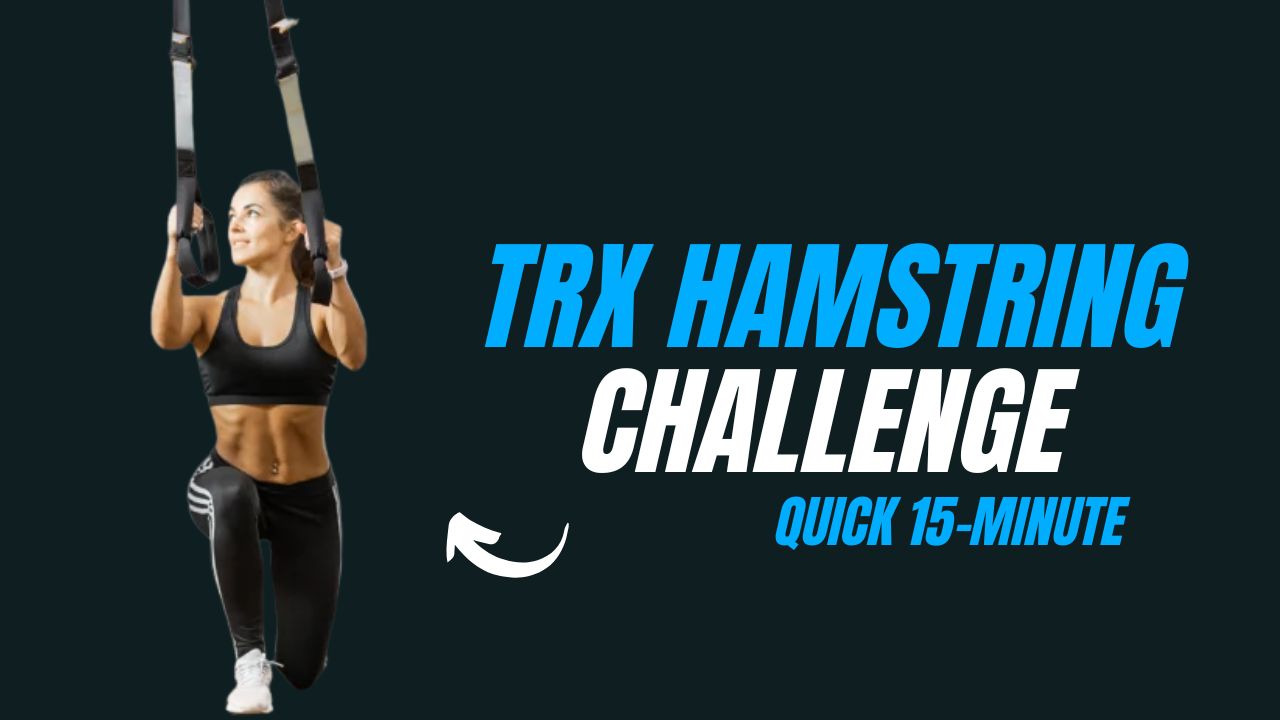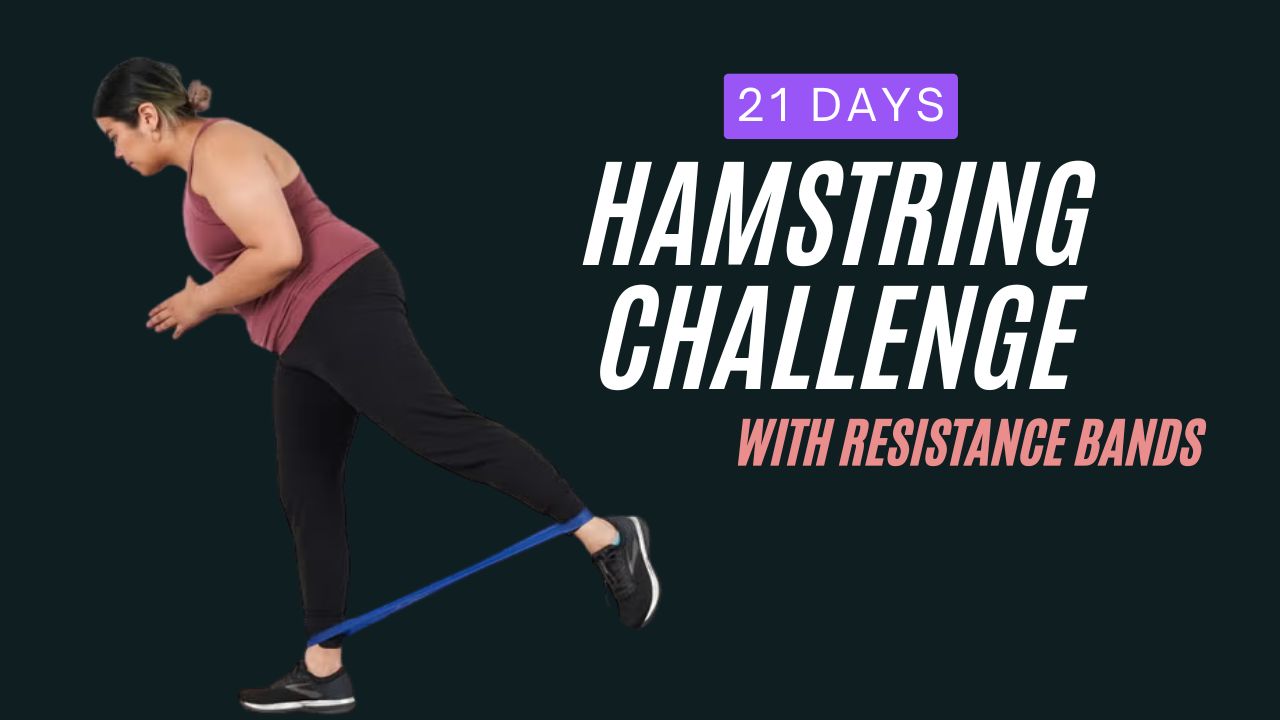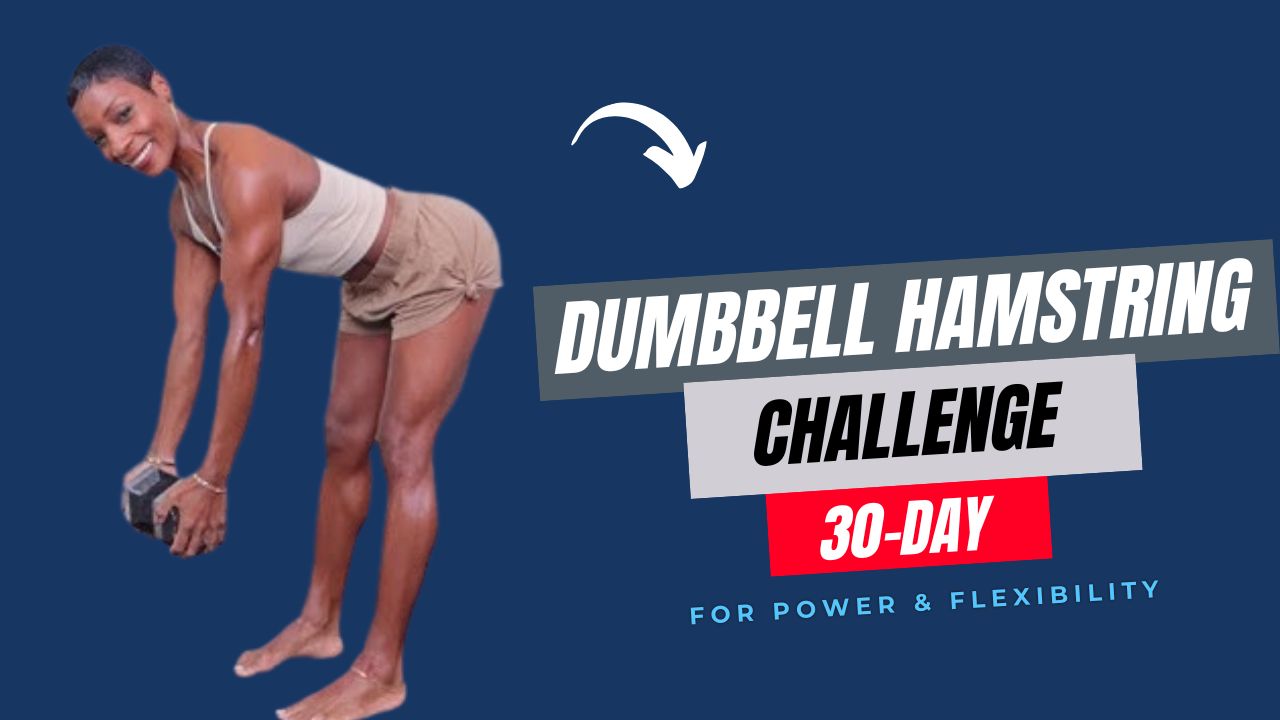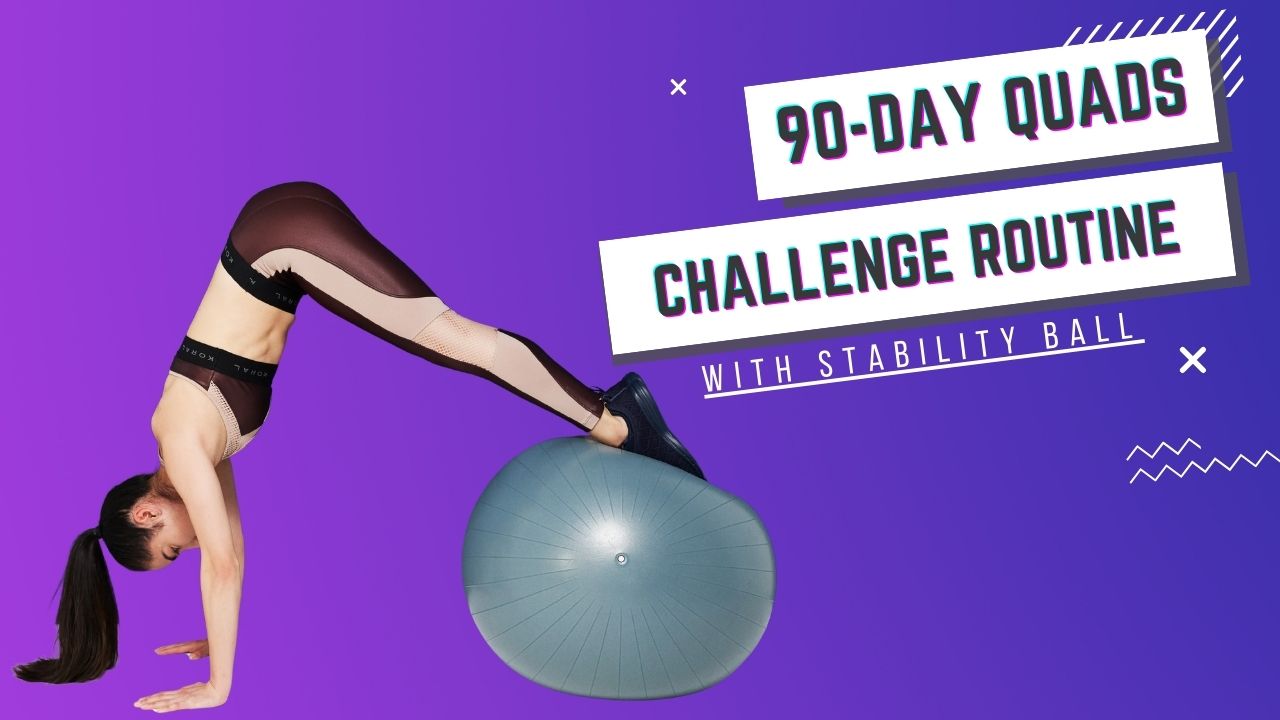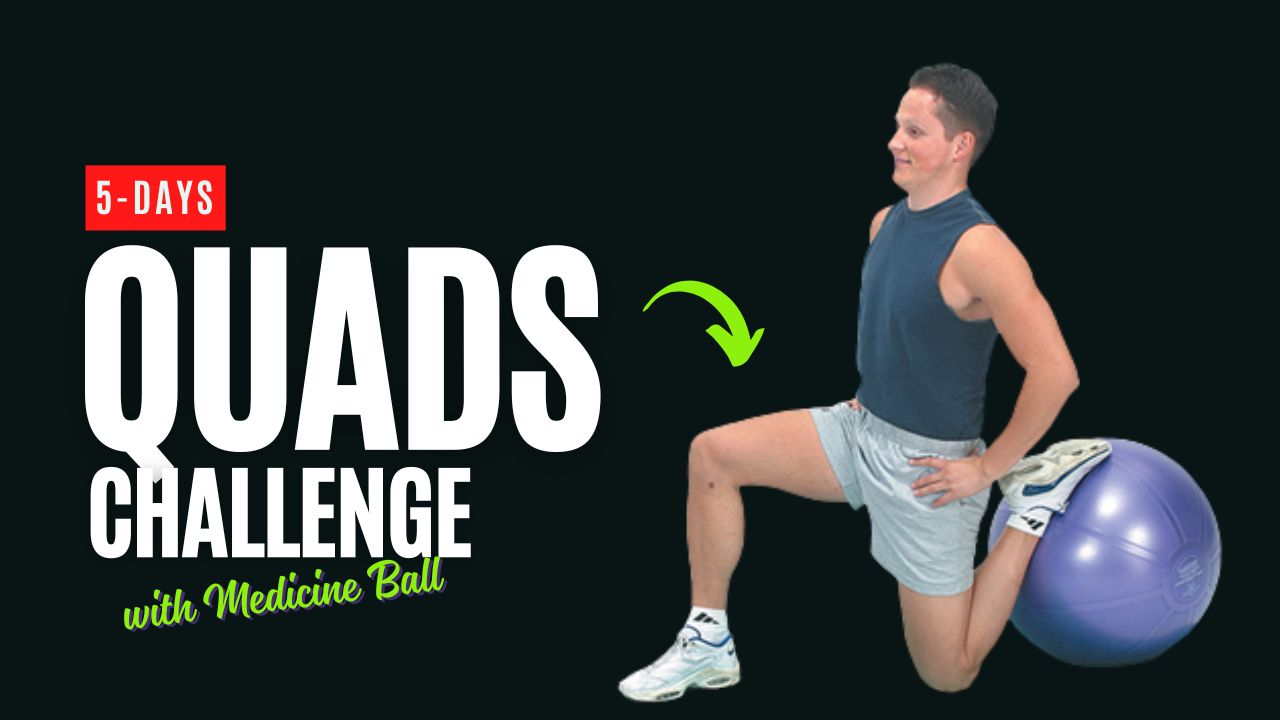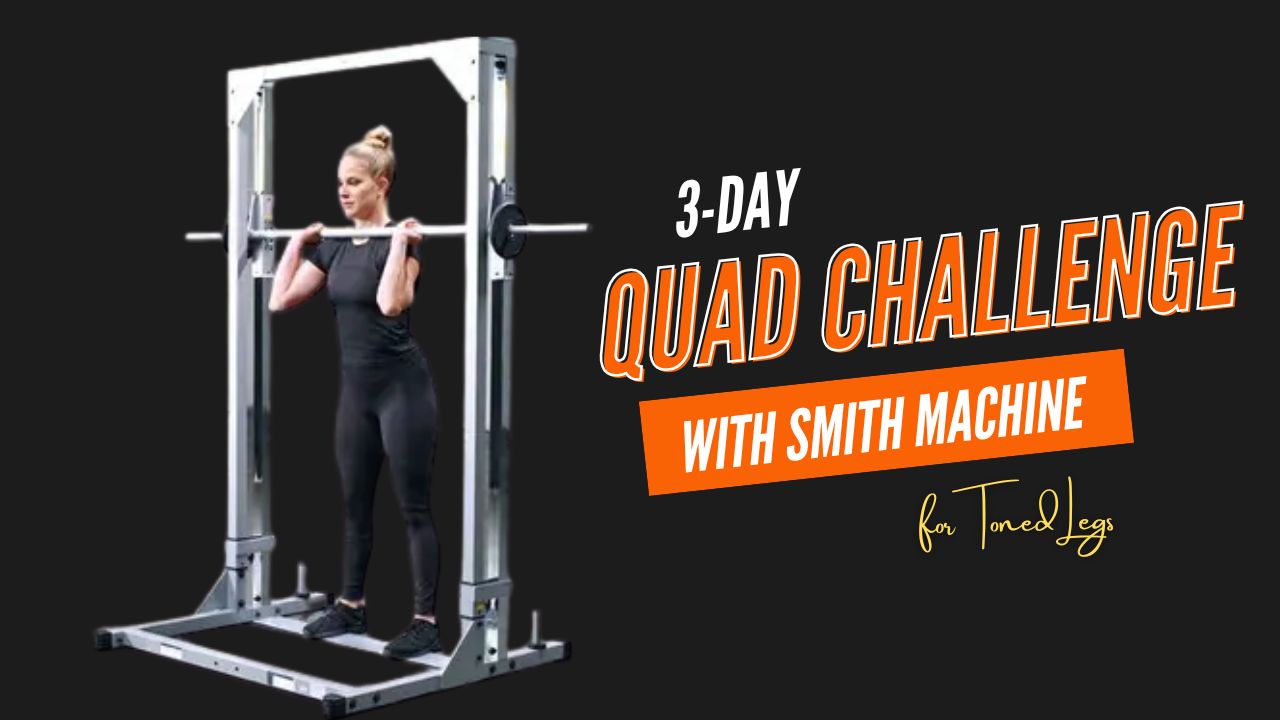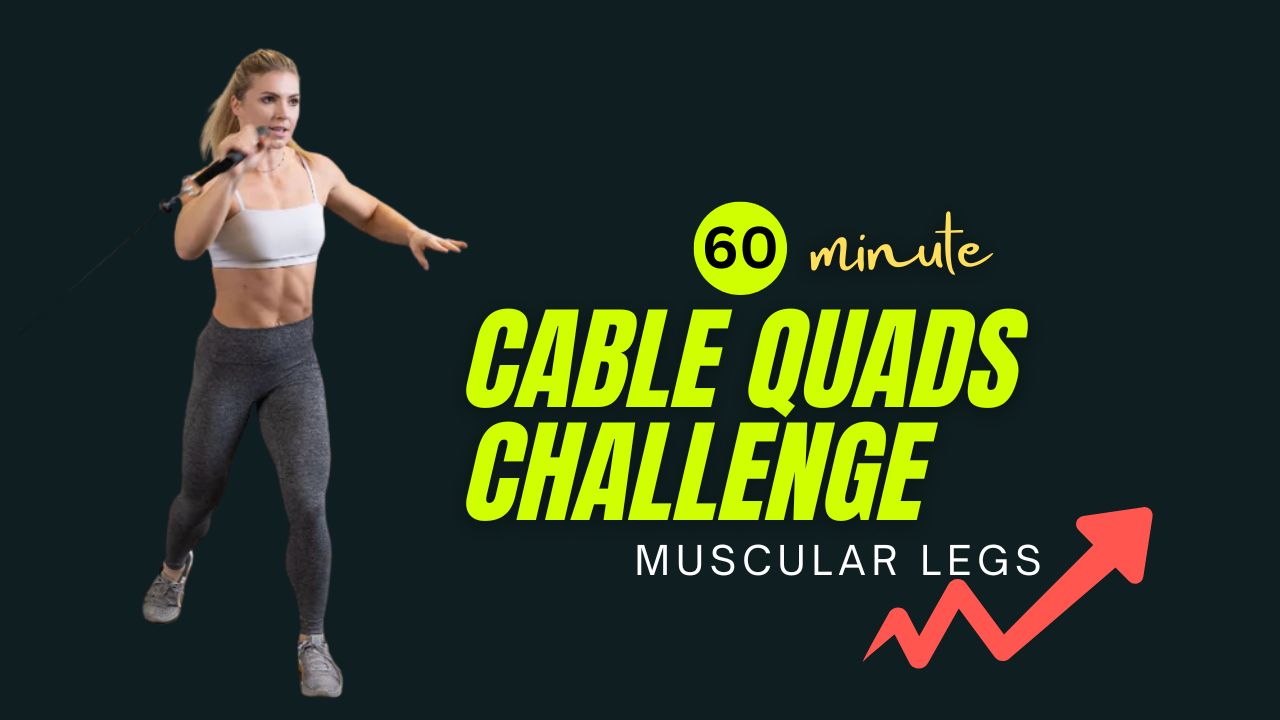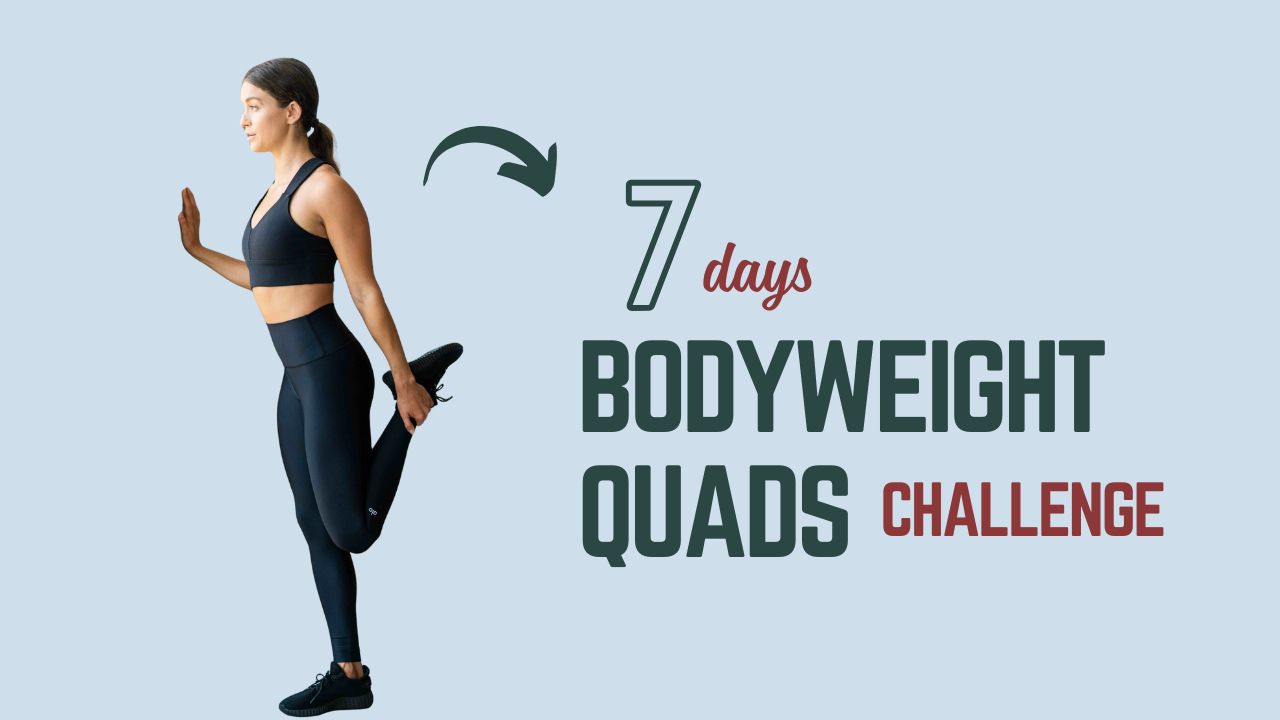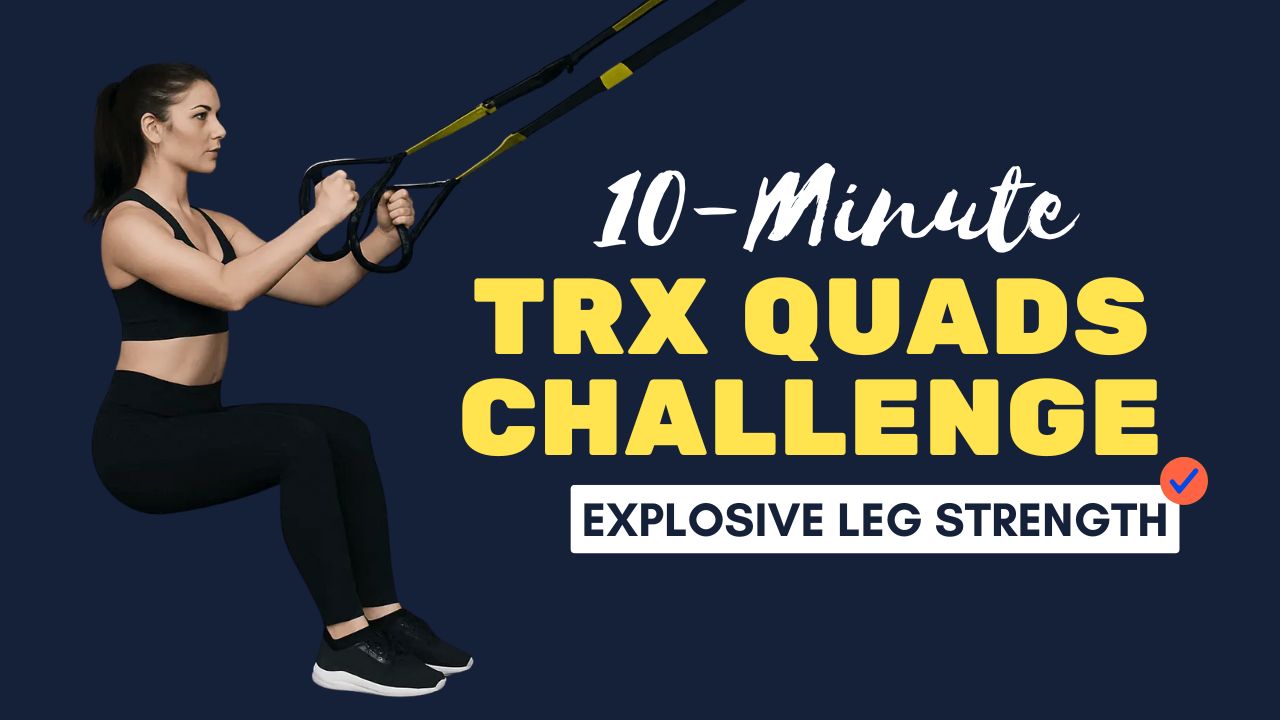Looking for bulging biceps without a gym membership? Grab a resistance band, and you’ll unlock a powerhouse of exercises to carve out bigger, stronger arms — right in your living room.
Resistance bands aren’t just budget-friendly; they create constant tension, which many studies say is key for superior muscle growth.
Let’s dive into these 7 big resistance band bicep moves that will pump your arms up — with step-by-step guidance and benefits you’ll actually feel.
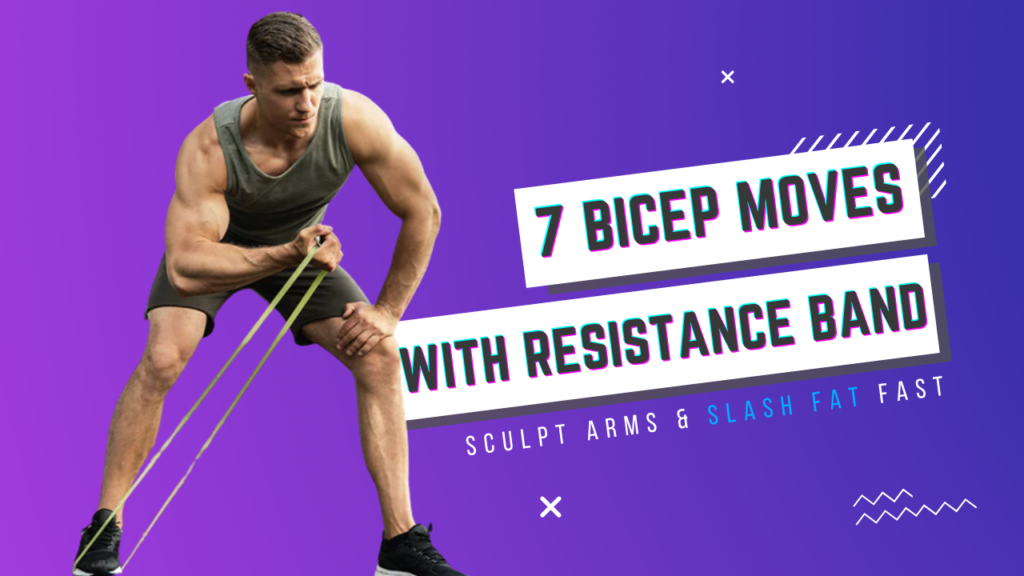
Table of Contents
What Can Happen After 30 Days of Resistance Band Bicep Workouts
| Positive Changes | What to Watch Out For |
|---|---|
| Noticeably firmer and more defined biceps | Muscle soreness if you don’t allow recovery |
| Improved arm strength for daily tasks and other exercises | Overuse injuries if you skip rest days |
| Better mind-muscle connection with your biceps | Cheating form by swinging the band |
| Increased endurance in pulling and curling movements | Risk of tendon irritation from overdoing volume |
| Enhanced grip strength from holding the bands firmly | Neglecting triceps or other muscles, causing imbalance |
| Boosted confidence seeing early arm definition | Plateauing if you never increase band resistance |
Dos & Don’ts for Resistance Band Bicep Workouts
| Dos | Don’ts |
|---|---|
| Keep elbows close to your sides during curls | Let elbows flare out |
| Use slow, controlled movements on both up & down | Swing or use momentum to lift |
| Maintain a neutral wrist (avoid bending wrists) | Hyperextend or curl wrists under tension |
| Start with a manageable resistance band | Jump straight to the heaviest band |
| Focus on full range of motion – fully extend & curl | Do partial reps just to finish faster |
| Breathe steadily – exhale when you curl, inhale when lowering | Hold your breath while straining |
| Rest your biceps 48 hours before training again | Train biceps daily without recovery |
| Inspect your band for tears before each workout | Ignore signs of wear or damage on the band |
| Anchor your band securely for stability | Attach bands to unstable or risky surfaces |
| Listen to your body and stop if you feel sharp pain | Push through pain, thinking it’s normal |
7 Best Resistance Band Bicep Moves
1. Resistance Band Standing Bicep Curl
How to:
- Stand on the middle of the band with feet hip-width apart.
- Hold the handles (or ends) with palms facing forward.
- Keep elbows close to your ribs.
- Curl your hands toward your shoulders, squeezing your biceps.
- Lower slowly and repeat.
Why it works: This classic move targets the entire biceps brachii, delivering full contraction through the whole range of motion.
Do you know? Resistance bands allow greater time under tension than dumbbells, a critical factor for muscle hypertrophy.
2. Resistance Band Hammer Curl
How to:
- Stand on the band with feet shoulder-width apart.
- Hold the ends with palms facing each other.
- Curl your hands up in a “hammer” motion, thumbs pointing up.
- Lower with control.
Why it works: Hits the brachialis muscle underneath your biceps, adding width and thickness to your upper arm.
3. Single-Arm Cross-Body Curl
How to:
- Anchor one end of the band near the floor (or under your opposite foot).
- Hold the free end in one hand with your arm across your body.
- Curl the band diagonally across your torso, bringing your hand to your opposite shoulder.
- Lower back down with control.
Why it works: Engages both the biceps and forearm muscles, adding definition and balance.
Myth buster: Many think you must lift heavy to grow biceps — but studies show lighter resistance bands taken to fatigue can match or exceed heavy weights for muscle gains.
4. Resistance Band Reverse Curl
How to:
- Stand on the band and hold handles with palms facing down.
- Keep elbows close and curl hands toward shoulders, focusing on the top of your forearms.
- Lower slowly.
Why it works: Builds the brachioradialis and improves grip strength, which supports bigger lifts in other exercises.
5. Concentration Bicep Curl with Band
How to:
- Sit on a bench or chair.
- Loop the band under your foot.
- Grab the other end with your arm resting against your inner thigh.
- Curl the band up, focusing on squeezing the biceps.
- Lower slowly.
Why it works: Isolates each bicep, maximizing peak contraction for unmatched pump and muscle activation.
Interesting fact: The concentration curl was Arnold Schwarzenegger’s go-to move for building massive biceps.
6. Resistance Band 21s
How to:
- Stand on the band and hold handles palms up.
- Do 7 reps in the bottom half of the curl (from thighs to halfway).
- Do 7 reps in the top half (halfway to shoulders).
- Finish with 7 full-range curls.
Why it works: The triple set exhausts muscle fibers completely, stimulating growth by attacking the biceps from every angle.
7. Overhead Resistance Band Curl
How to:
- Attach the band to a secure point above you (like a door anchor).
- Kneel or stand so there’s tension on the band when your arms are extended overhead.
- Curl the band toward your head, elbows fixed, feeling the squeeze at the top.
- Return with control.
Why it works: Targets the long head of the biceps, creating that impressive peak when you flex.
Do you know? Overhead bicep moves emphasize the stretch phase, which research shows triggers significant muscle hypertrophy.
Final Tips for Best Results
- Perform each exercise for 3 sets of 8–15 reps, adjusting band resistance so the last few reps are challenging.
- Keep movements slow and controlled to maximize tension and avoid using momentum.
- Remember, muscles grow during rest — so don’t skip recovery!
With these 7 resistance band bicep moves, you’re equipped to build big, defined arms anywhere — no gym required.
Whether you’re a beginner or a seasoned lifter, adding these to your routine can unlock serious gains and new confidence in your strength.
Frequently Asked Questions (FAQs)
Can resistance bands really grow my biceps?
Yes! Resistance bands can effectively stimulate bicep muscle growth by maintaining constant tension through the full range of motion, which is key for muscle hypertrophy.
How often should I train my biceps with resistance bands?
2–3 times per week is ideal, with at least 48 hours of rest between sessions to allow your muscles to recover and grow.
What resistance band thickness should I use for biceps?
Start with a light to medium band. If you can perform more than 15 reps easily with good form, progress to a heavier band.
How many reps and sets are best for bicep growth with bands?
Aim for 3–4 sets of 8–15 reps per exercise. Choose a resistance that challenges you in the last few reps while maintaining proper form.
Are resistance band bicep exercises good for beginners?
Absolutely! Bands are beginner-friendly, joint-friendly, and easy to adjust for strength levels — perfect for learning proper form without heavy weights.
Can I replace dumbbell curls with band curls entirely?
Yes, especially if you don’t have access to weights. Resistance bands provide variable tension that can even mimic cable machine curls, helping you train biceps effectively anywhere.
How soon will I see results in my biceps?
With consistent training, you might notice increased muscle tone, strength, and firmness in as little as 3–4 weeks, depending on diet and overall activity level.
